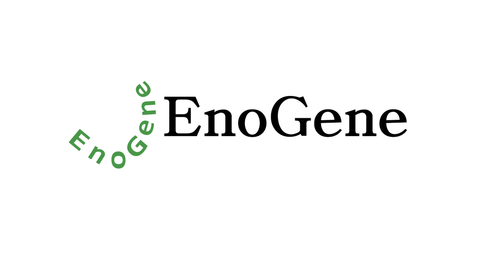Product Description
CRH Antibody | 7797 | ProSci
Host: Rabbit
Reactivity: Human
Homology: N/A
Immunogen: CRH antibody was raised against a 16 amino acid peptide near the amino terminus of human CRH.
The immunogen is located within amino acids 30 - 80 of CRH.
Research Area: Homeostasis, Neuroscience
Tested Application: E, WB, IHC-P, IF
Application: CRH antibody can be used for detection of CRH by Western blot at 1 - 2 μg/ml. Antibody can also be used for Immunohistochemistry at 5 μg/mL. For Immunoflorescence start at 20 μg/mL.
Antibody validated: Western Blot in human samples; Immunohistochemistry in human samples and Immunofluorescence in human samples. All other applications and species not yet tested.
Specificiy: CRH antibody is human specific.
Positive Control 1: Cat. No. 1309 - Human Placenta Tissue Lysate
Positive Control 2: Cat. No. 10-301 - Human Brain Tissue Slide
Positive Control 3: N/A
Positive Control 4: N/A
Positive Control 5: N/A
Positive Control 6: N/A
Molecular Weight: Predicted: 22 kDa
Observed: 29 kDa
Validation: N/A
Isoform: N/A
Purification: CRH antibody is affinity chromatography purified via peptide column.
Clonality: Polyclonal
Clone: N/A
Isotype: IgG
Conjugate: Unconjugated
Physical State: Liquid
Buffer: CRH antibody is supplied in PBS containing 0.02% sodium azide.
Concentration: 1 mg/mL
Storage Condition: CRH antibody can be stored at 4˚C for three months and -20˚C, stable for up to one year.
Alternate Name: CRH Antibody: CRF, Corticoliberin, Corticotropin-releasing factor, CRF
User Note: Optimal dilutions for each application to be determined by the researcher.
BACKGROUND: Corticotropin-releasing hormone (CRH) is secreted by the paraventricular nucleus (PVN) of the hypothalamus in response to stress (1) . In addition to production in the hypothalamus, this protein is also synthesized in peripheral tissues, such as T lymphocytes and is highly expressed in the placenta where it is a marker that determines the length of gestation and the timing of parturition and delivery. A rapid increase in circulating levels of the hormone occurs at the onset of parturition, suggesting that, in addition to its metabolic functions, this protein may act as a trigger for parturitio (2) . Marked reduction in this protein has been observed in association with Alzheimer disease (3) .
 Euro
Euro
 USD
USD
 British Pound
British Pound
 NULL
NULL












